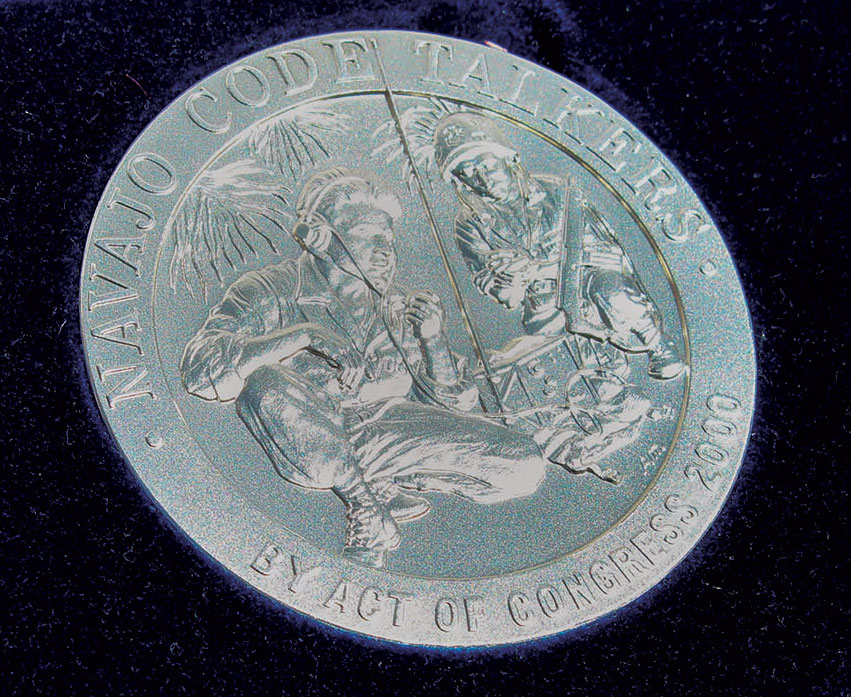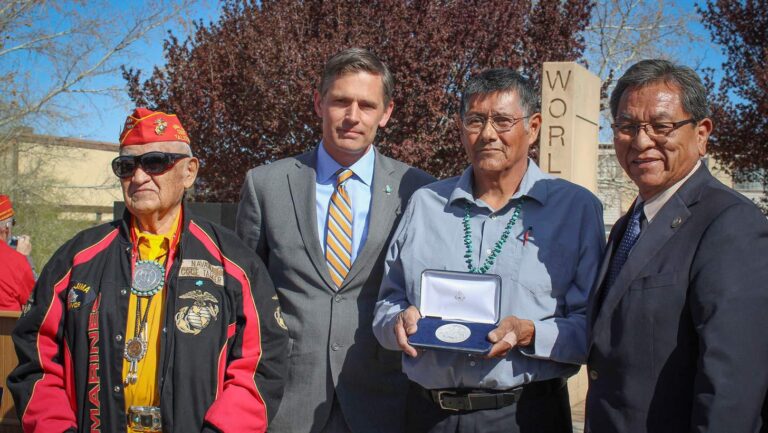The Hero’s Journey
Heinrich Instrumental In Code Talker’s Recognition


Code Talker Thomas H. Begay, Senator Martin Heinrich, Benjamin Nagurski and Navajo Nation President Russell Begay
Corey Yazzie




